Special natural habitats – Part 1
Certain plant species have specialised in certain habitats. In this section, I will present some of these environments.
♦ Flowing streams / brooks / rivers (in the lowlands)
Brooks and rivers (in the lowlands) have special characteristics.
- The average water temperature is 15°C.
- The water is very nutrient-rich (thus suitable for many aquatic plants).
- In adjacent floodplain forests, there are often also larger occurrences of wild garlic.
- The shore areas are often overgrown with sweet grasses, irises and marsh plants.


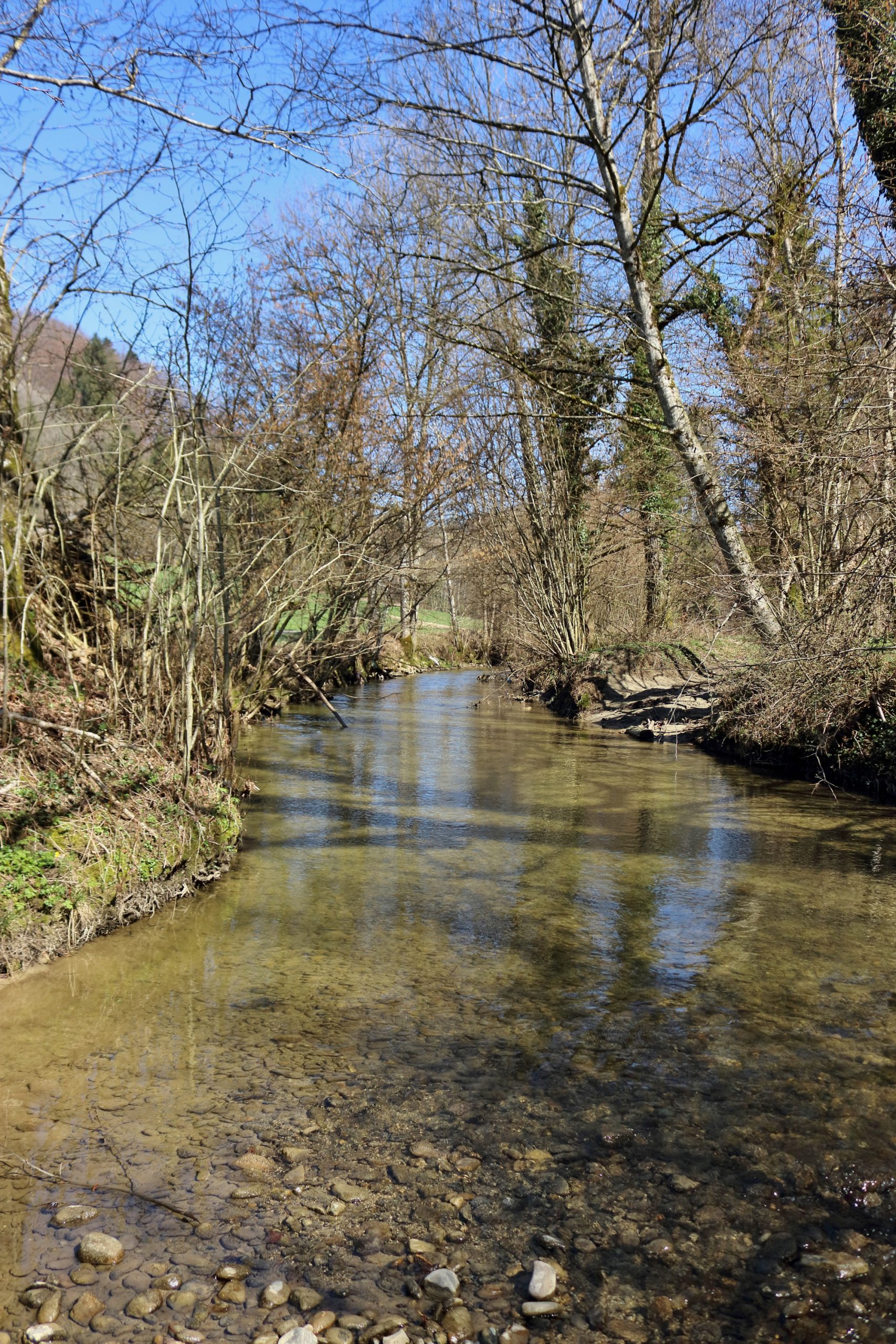


There are specialised plants in these areas:
- wild garlic (Allium ursinum)
♦ meadows (natural grassland)
Meadows provide a habitat for many different plants and animal species. Due to their little agricultural use, the flowers and grasses can spread freely. Regular cutting of the area prevents scrub growth / forest development.
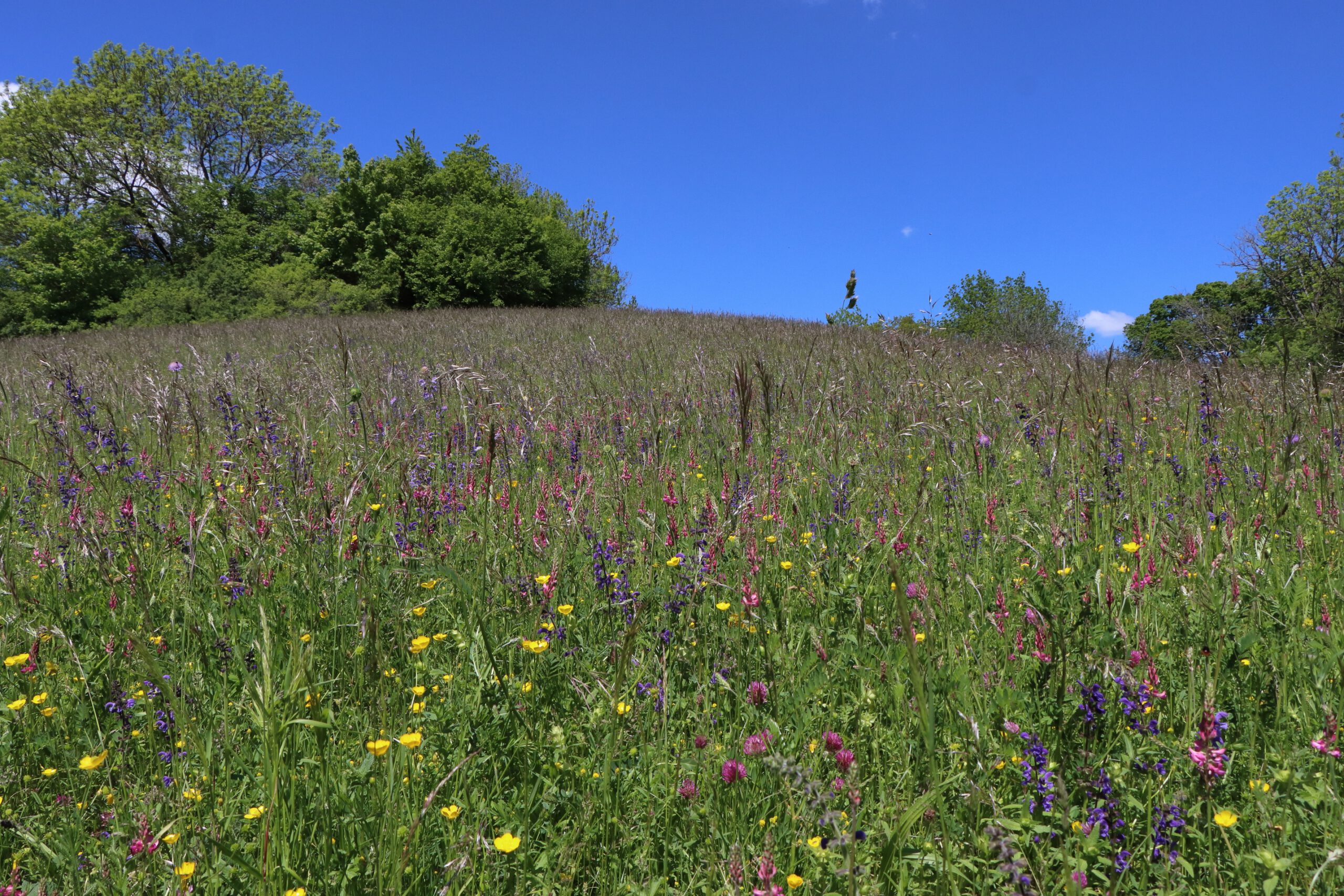

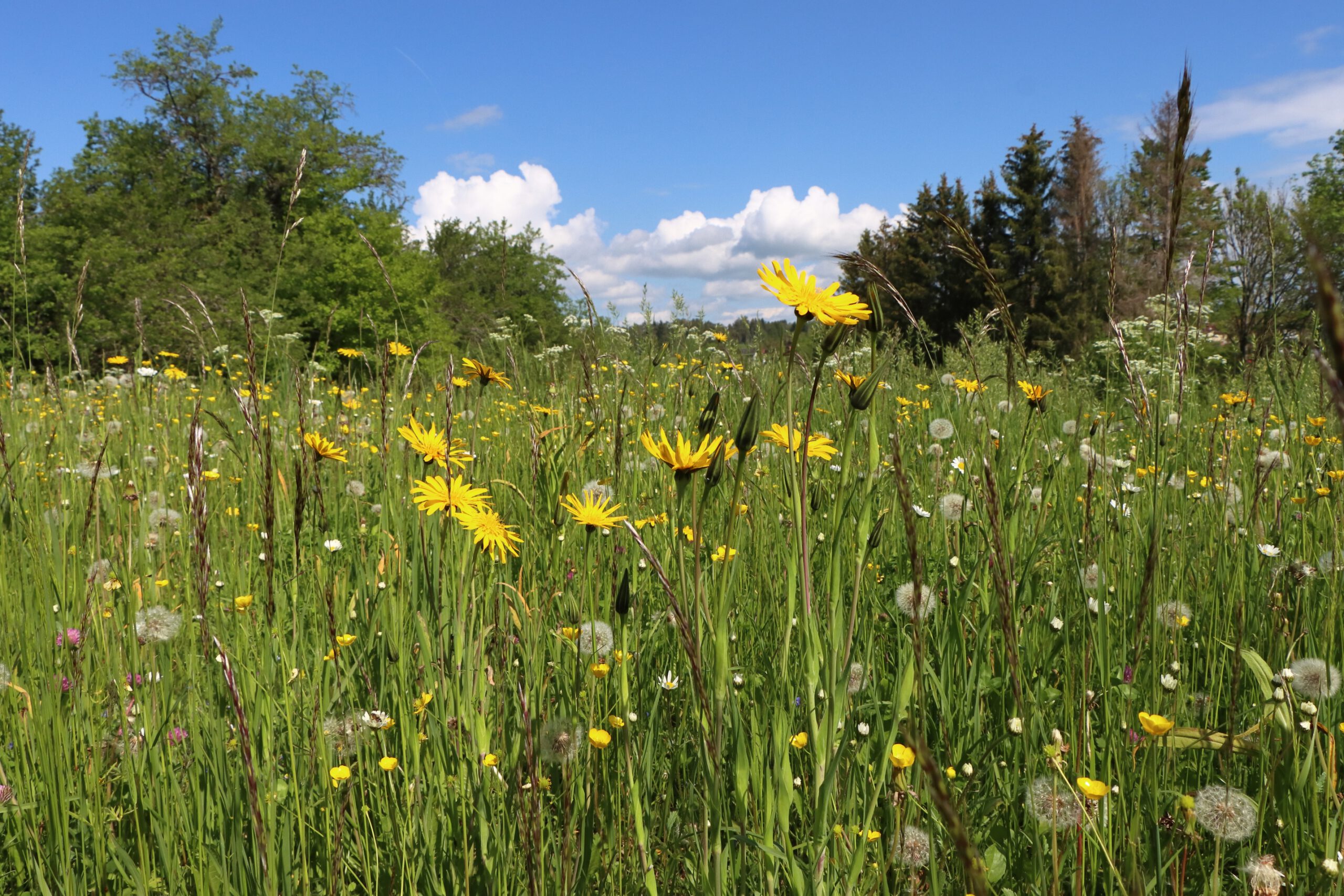
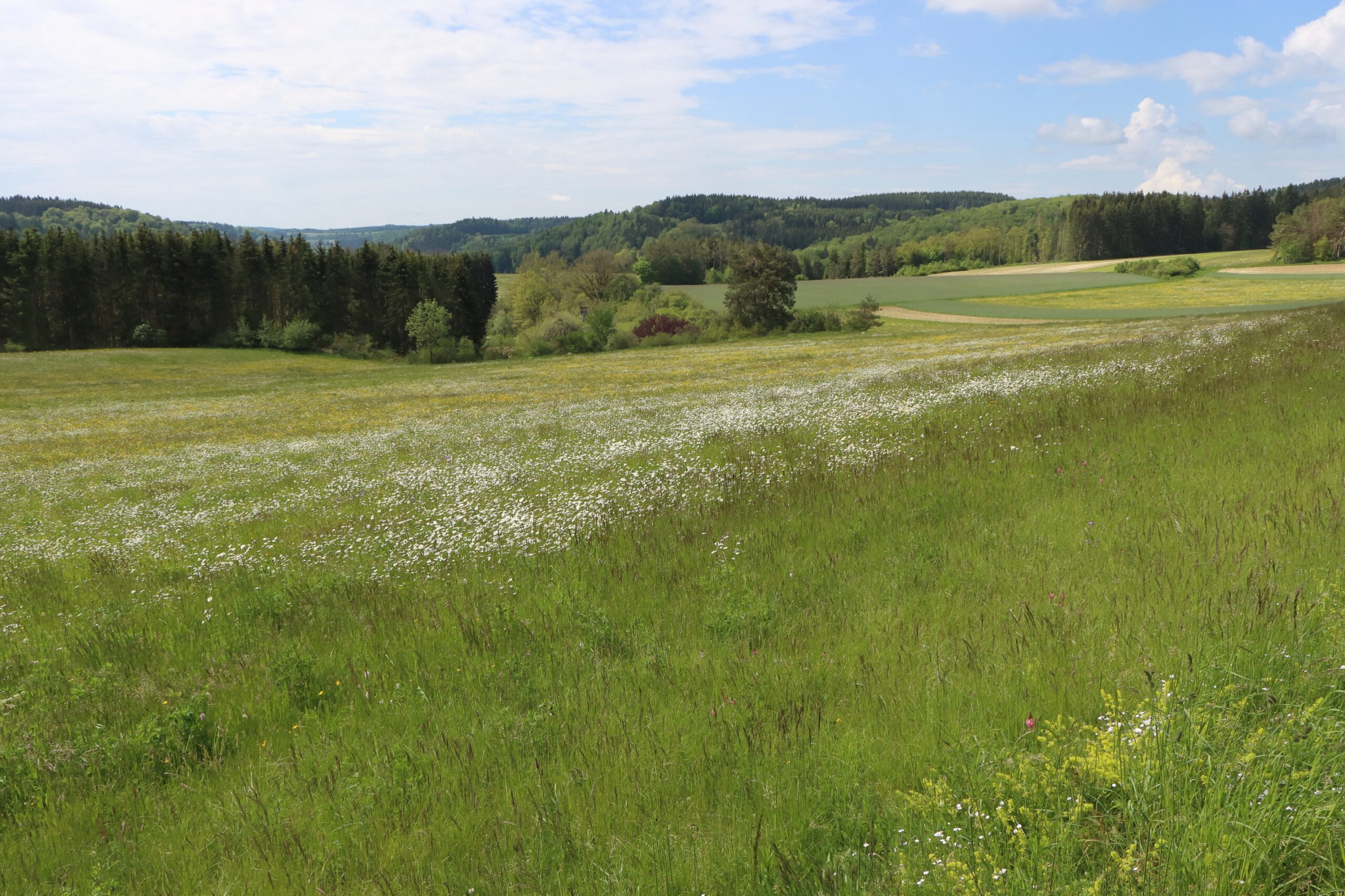
♦ Fescue grass – typical for high moors
The fescue grass is a plant layer that floats on the water. This consists largely of mosses and other aquatic plants. However, the large areas of floating grass are not always stable. There is a risk of drowning when walking on them. It is therefore strongly discouraged to walk on them. The largest occurrences of fescue grass are on the “kleinen Arbersee”.

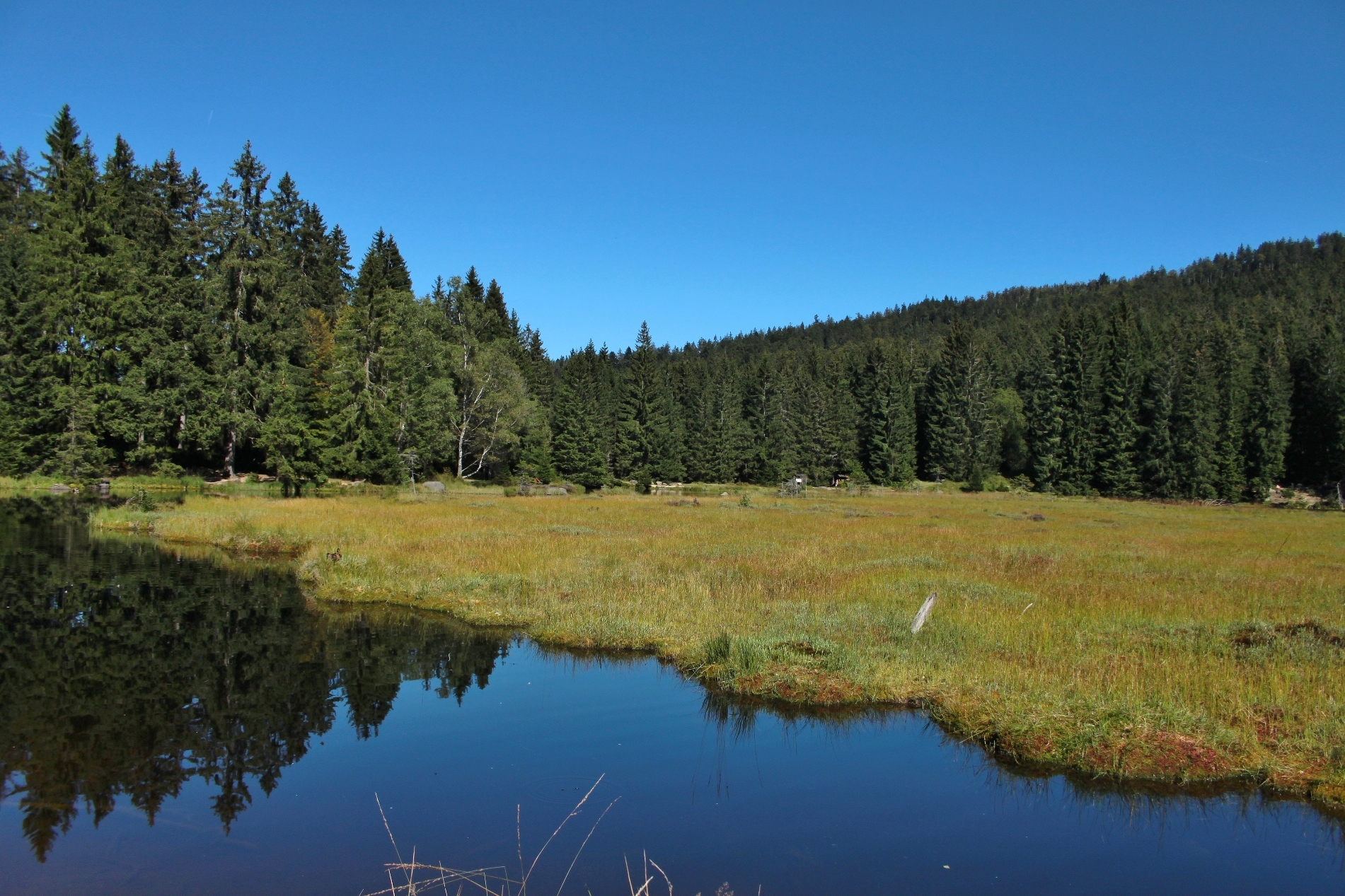
There are specialised plants in these areas:
- marsh lousewort (Pedicularis palustris ssp. palustris)
- round-leaved sundew (Drosera rotundifolia)